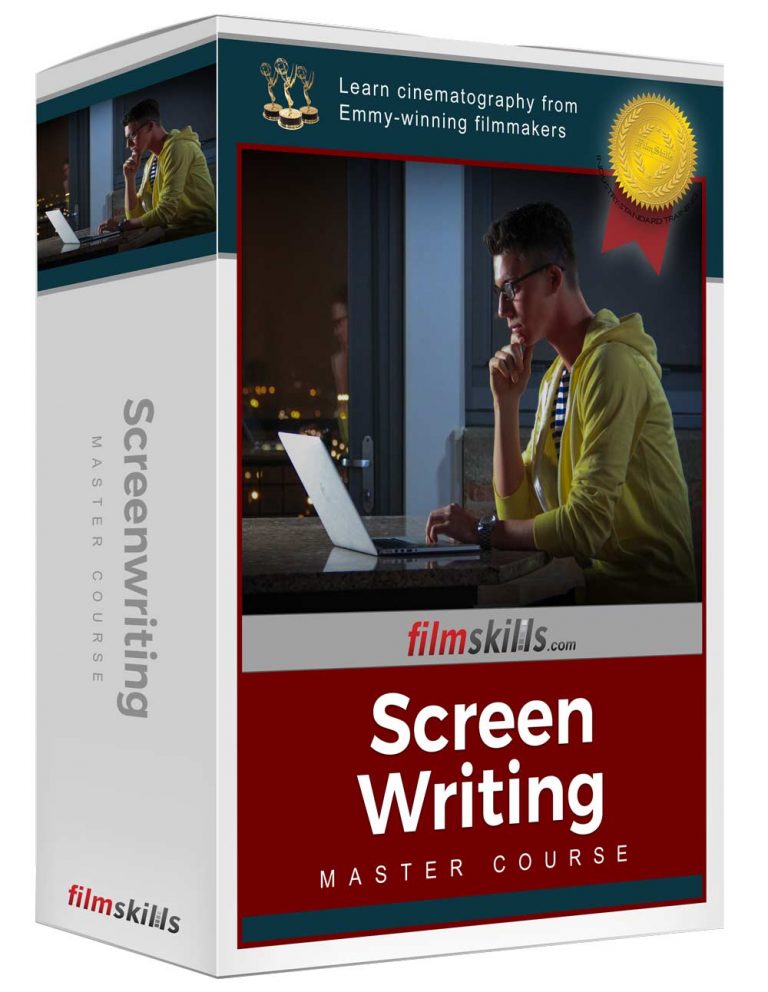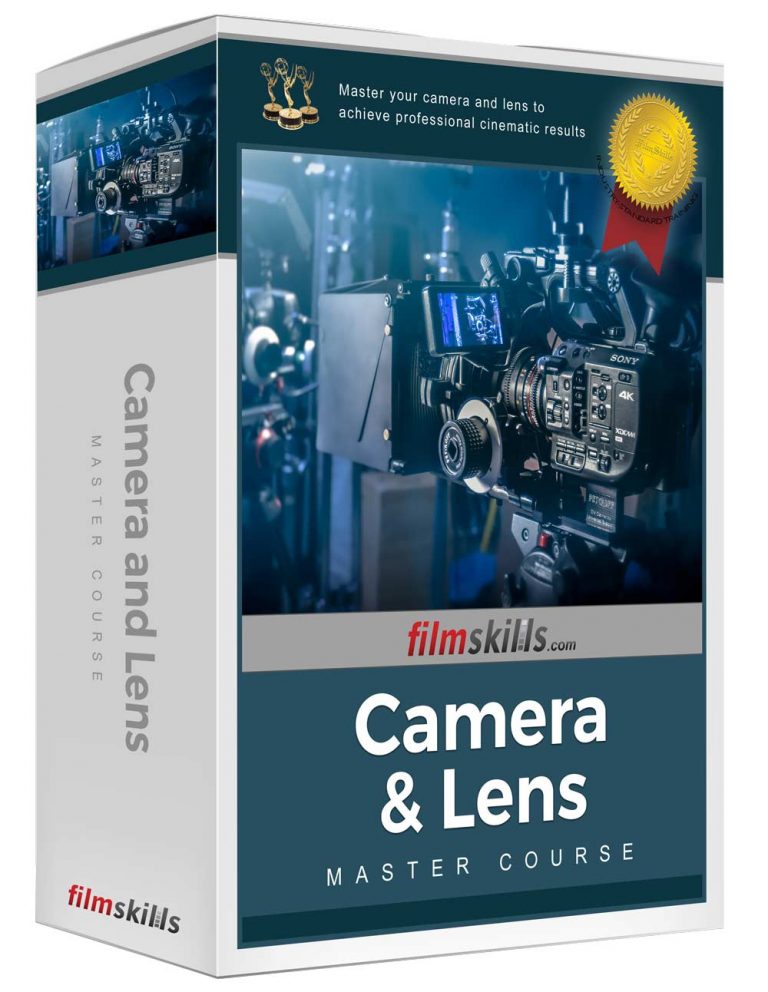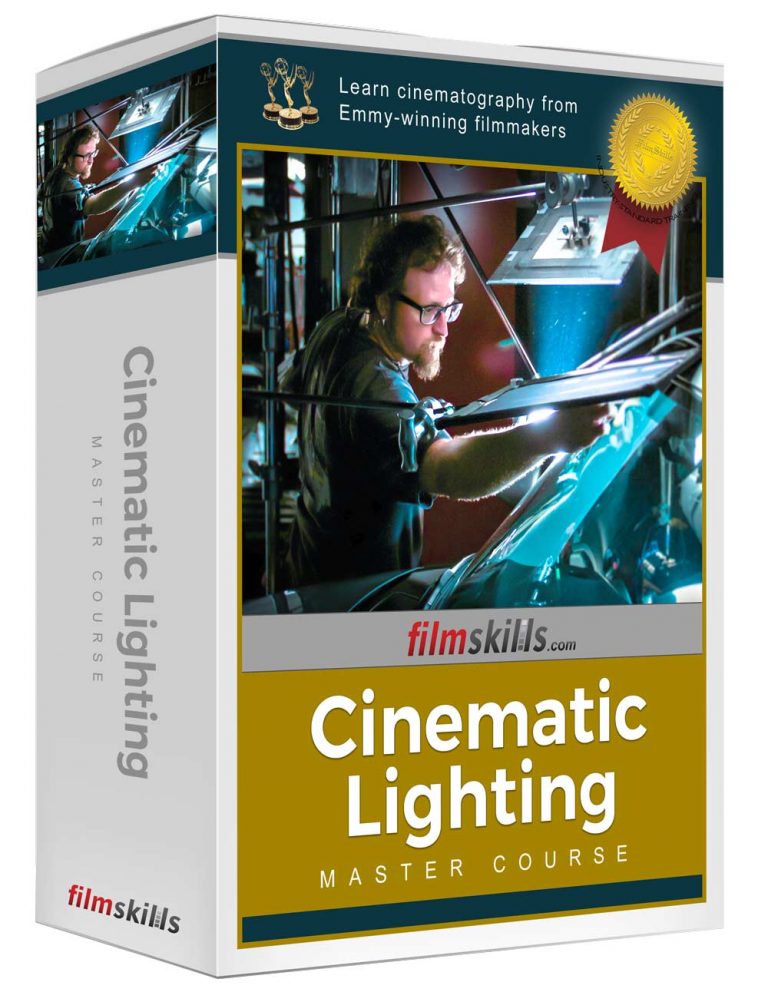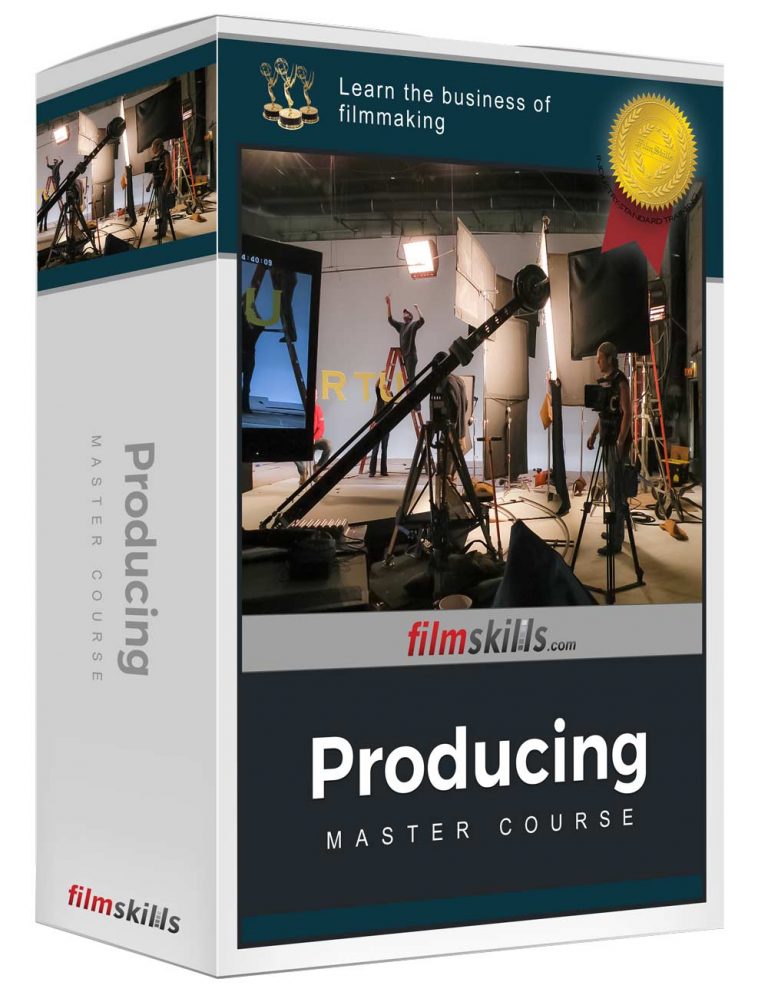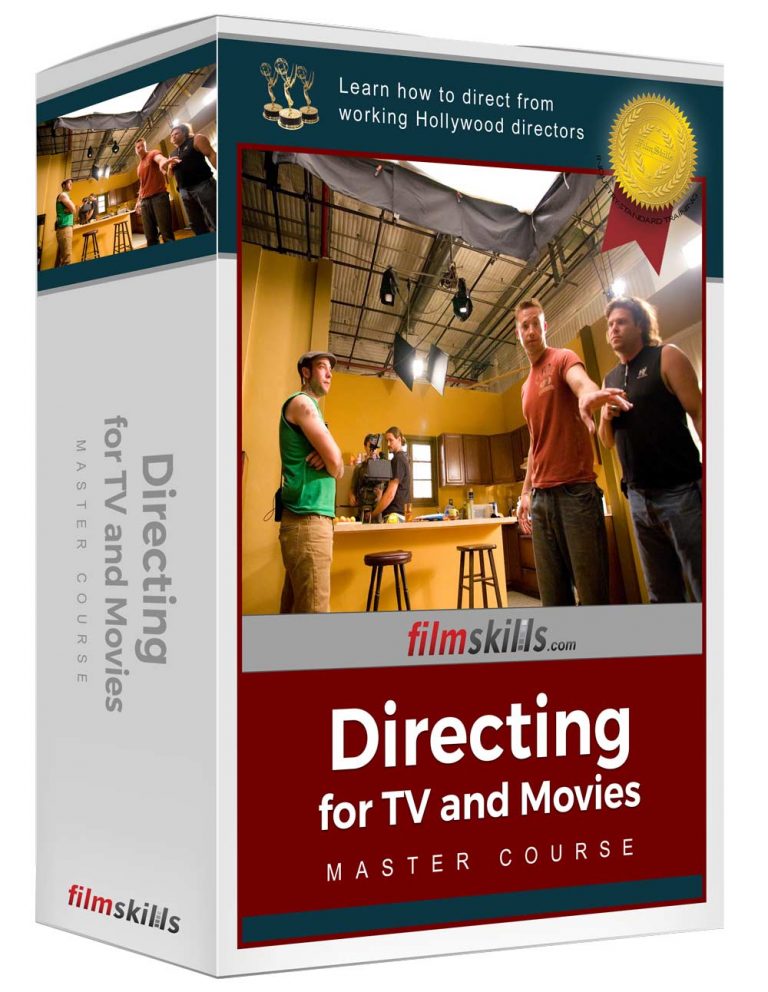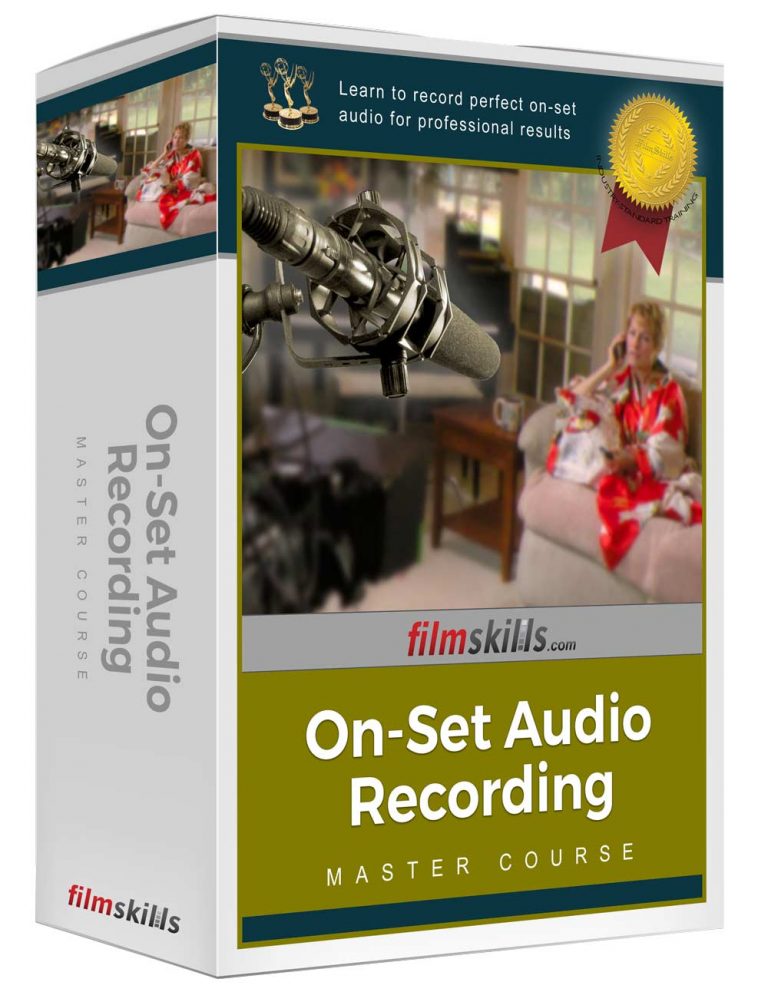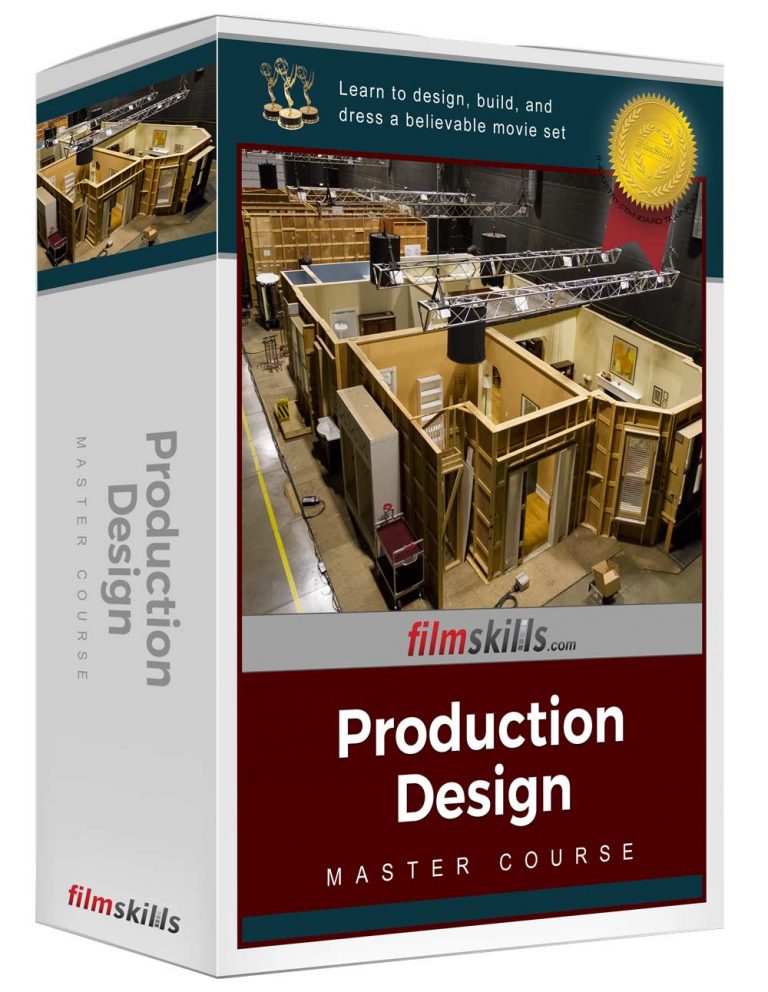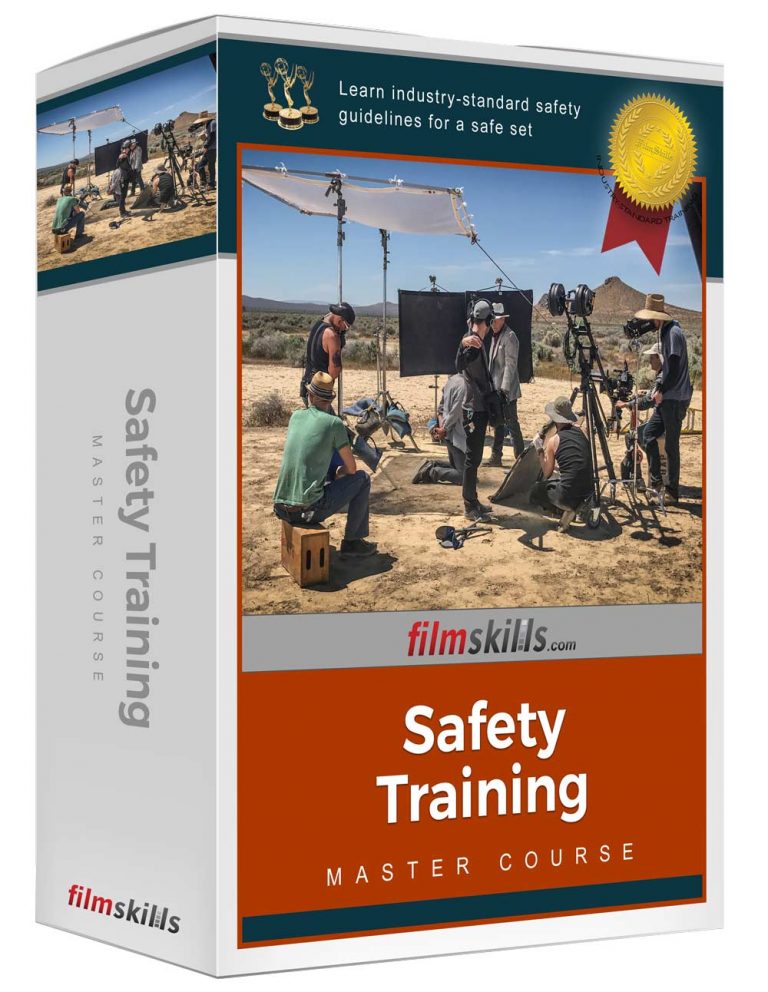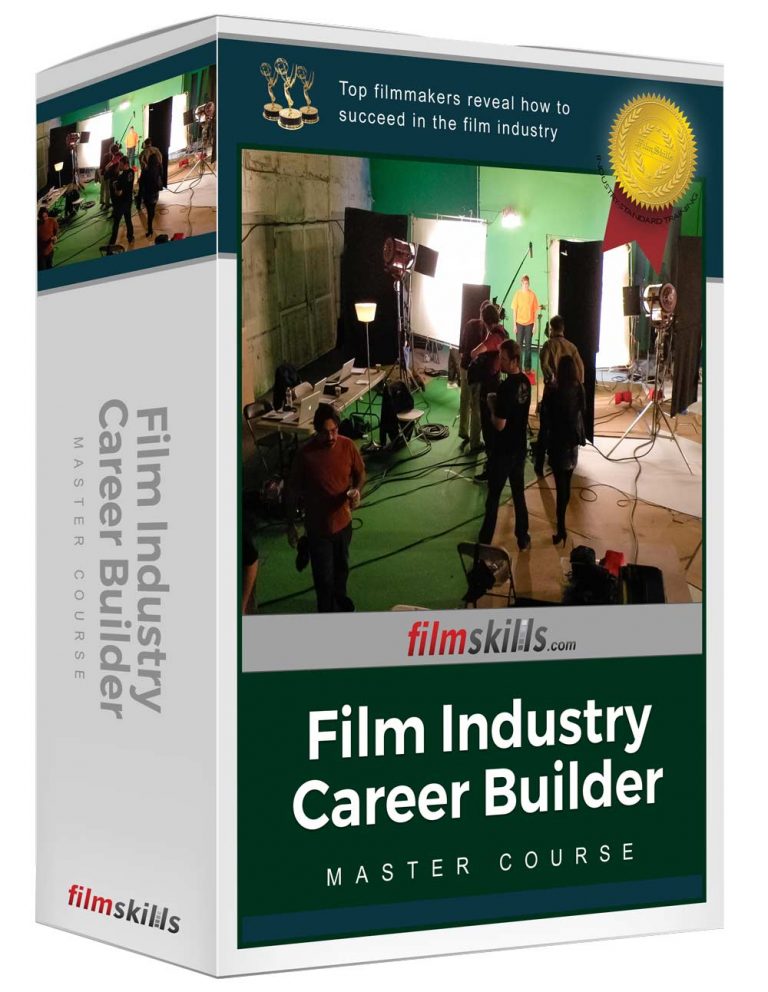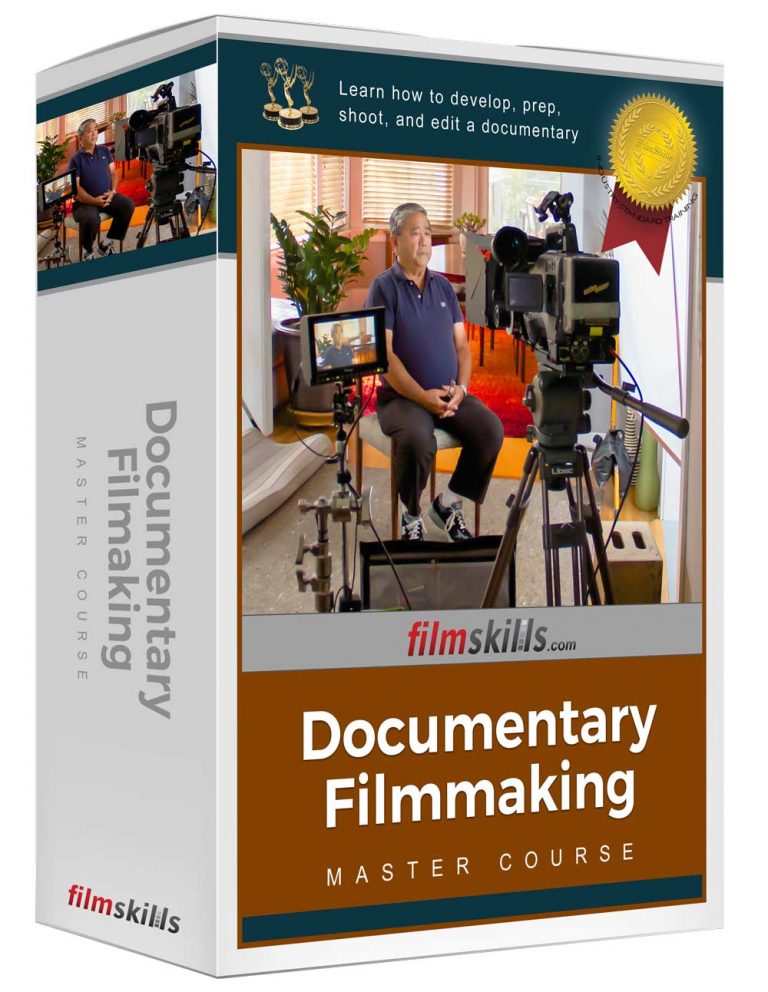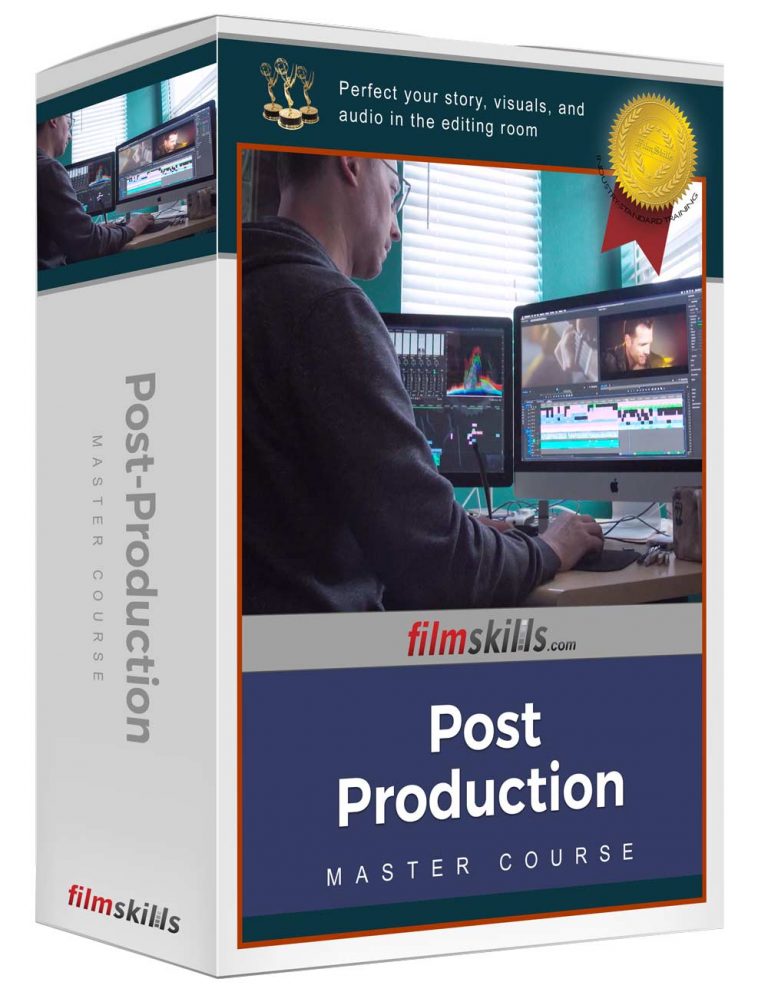
We are proud to announce the all new Directors Craft lessons. Designed to methodically guide you through director’s role in visual storytelling, the seven new lessons combine interviews with Hollywood directors, on-set tutorials, and step-by-step approach to the director’s process.
Meet Your Instructors
Meet some of the industry professionals you will learn from in these lessons.

Rob Bowman
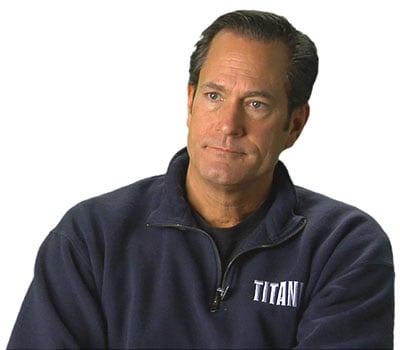
Josh McLaglen
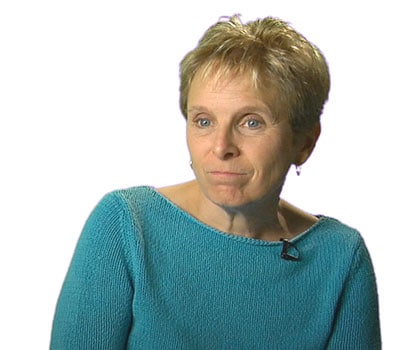
Mary Lou Belli
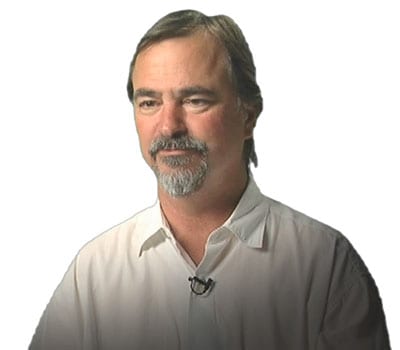
David Stump, ASC
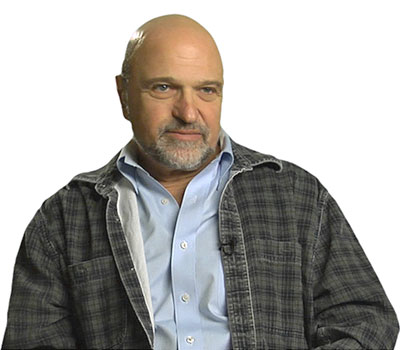
Andrew Davis
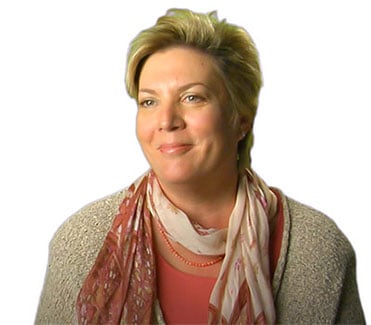
Bethany Rooney

Randal Kleiser
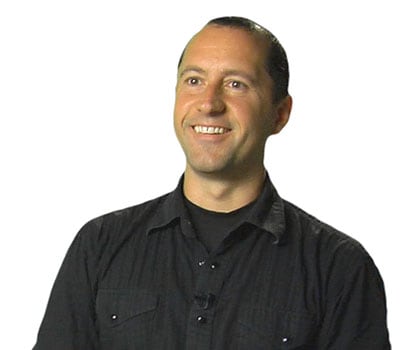
Stephen Marinaccio

Steve Zuckerman
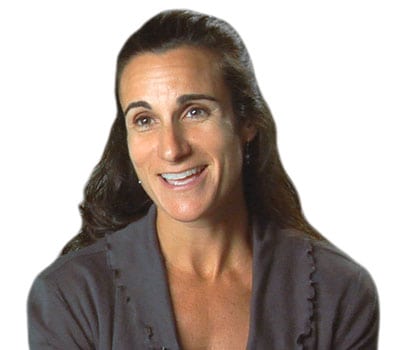
Maria Battle-Campbell

Margery Kimbrough
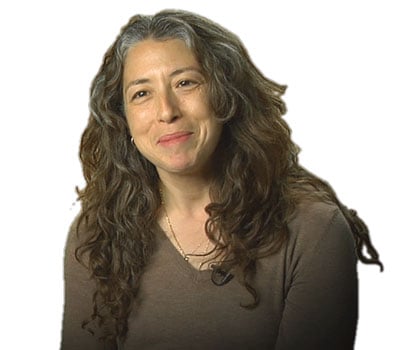
Valeria Collins
The New Lessons
Lesson 1
A Director's Prep -Beginning a Project
In this lesson, learn how to begin a new production as a director, how to break down the script for theme, character, and plot, set-up the workspace, and identify the tone of the story. Working Hollywood directors reveal their process of preparing for the first day on set.
This lesson covers:
- How to set up your workspace
- How to read a script for the first time
- How to perform a director’s breakdown
- How to break down the script for story
- How to break down the script for character
- How to find the tone of the story
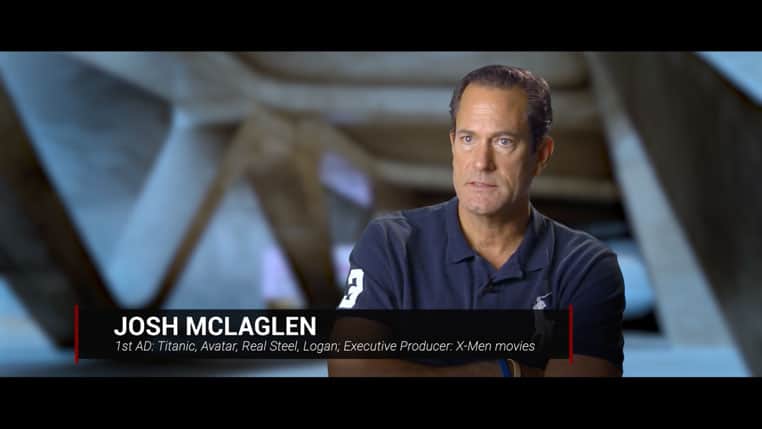
Lesson 2
Basic Coverage
Learn the basic template for shooting the action in a scene – the master shot, individual coverage, inserts and cat-in-the-window shots. Then professional filmmakers reveal techniques to vary shot size to increase coverage, how to break the coverage template, plan for the edit, and ensure you get the coverage you need. (21:43)
This lesson covers:
- How to prepare for the edit when determining coverage
- How to frame and shoot a master shot
- How to approach close-ups
- Working with insert shots
- Shooting cat-in-the-window shots
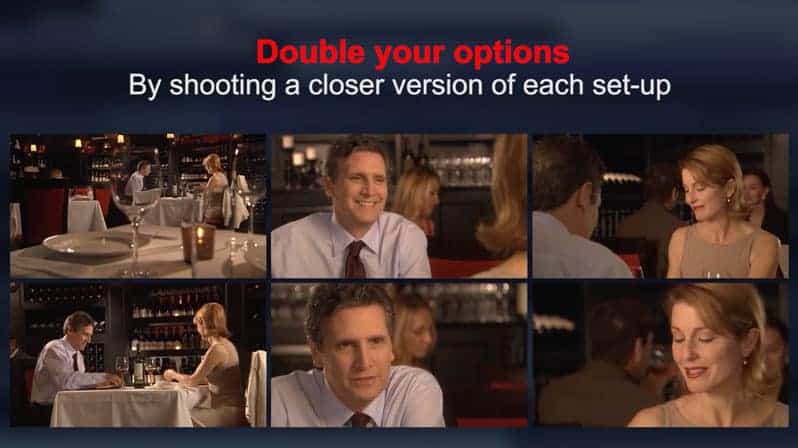
Lesson 3
Advanced Coverage
- How to vary your coverage beyond the typical master/coverage model
- How to properly shoot a oner
- How to determine the opening visual of a scene
- How to determine the proper pacing and rhythm
- How to mind the transitions from one scene to the next to keep up the pacing of the story
- How to work within the restrictions of the schedule and budget
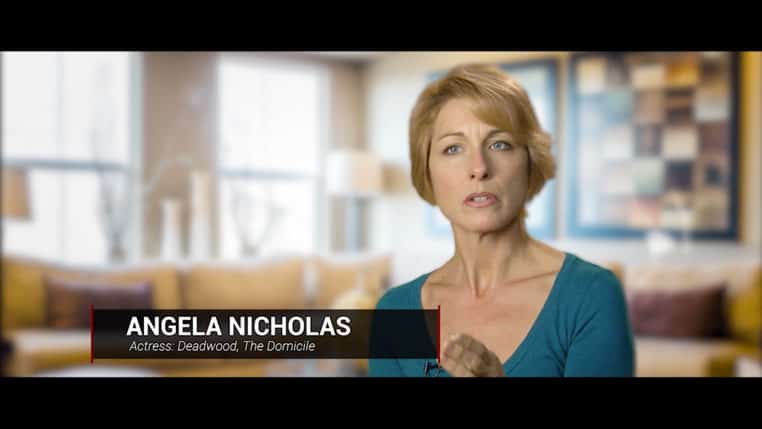
Lesson 4
Blocking Actors on Set
- How to determine why the actor moves
- How to determine where the actor moves
- How to determine when the actor moves
- How to determine how the actor moves
- Macroblocking vs. microblocking
- How to block depth in the frame
- How to use floor plans
Lesson 5
Storyboards and Pre-Visualization
- What are storyboards
- How to work with a storyboard artist
- How to draw effective storyboards
- How to use pre-visualization software
- When to use animatics
- How animatics and storyboards can be used in the editing room
Lesson 6
Creating a Shotlist
- What is a shot list?
- How are the elements that make up a shot list?
- How the crew uses the shot list when scheduling and budget the production
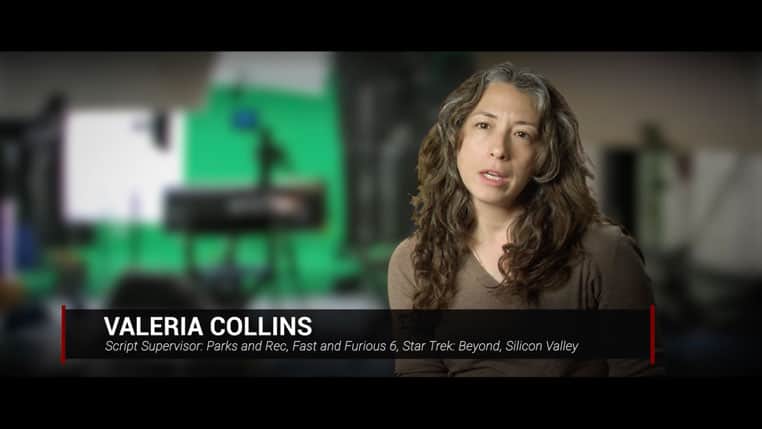
Lesson 7
Continuity and Script Notes
How to get these Lessons
These new lessons are included in the following FilmSkills courses
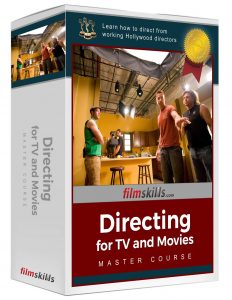
Directing Master Course for Television and Movies
Hollywood feature film and television directors teach you how to craft the visual experience, break down the script for story and character, cast, rehearse, and direct your actors, design the visual story, blocking and coverage, develop shot lists and storyboards, and how to maintain continuity.

FilmSkills Unlimited
Learn the entire filmmaking process! Unlock all FilmSkills Courses for LIFE, plus 75 FREE bonus lessons, FREE new content, personal training, and discounts on top software and gear.

